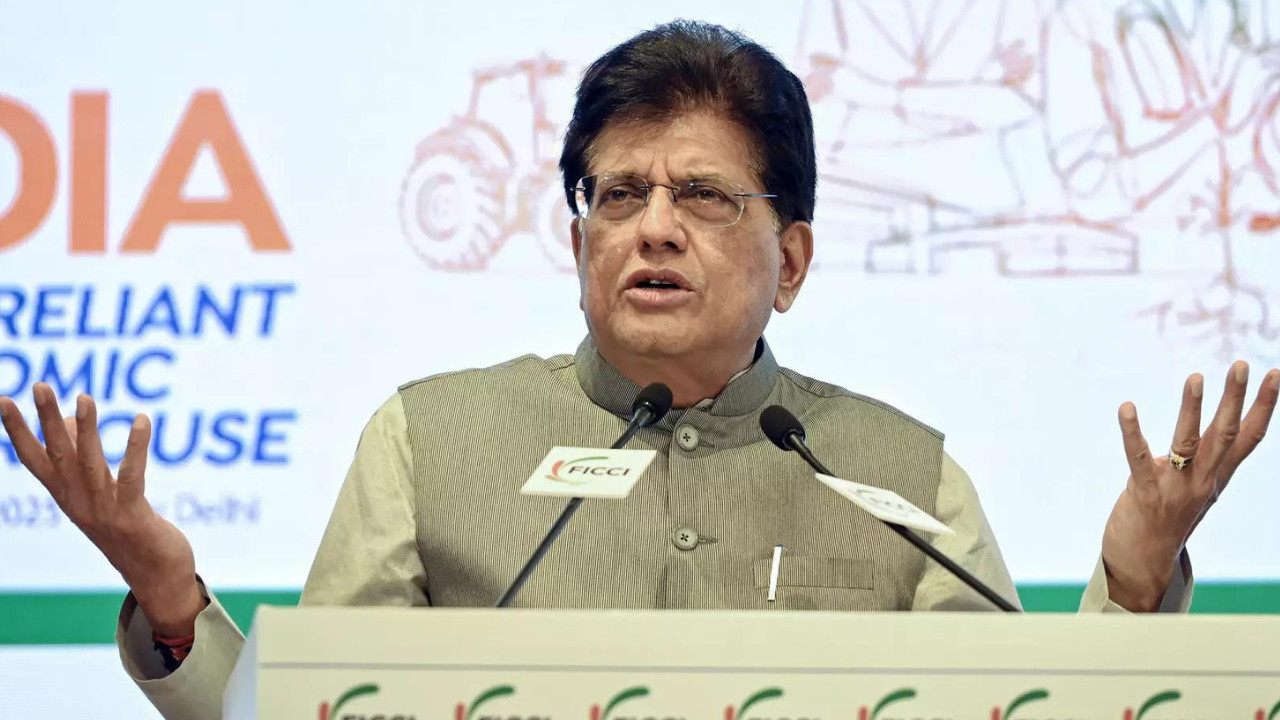Stock market today: Nifty50 and BSE Sensex, the Indian equity benchmark indices, opened in red on Friday as India braces for 25% tariff rate on its exports to the US. While Nifty50 went below 24,750, BSE Sensex was down over 100 points.
Riding the Rollercoaster: What’s Shaping the Indian Stock Market?
The Indian stock market is never a dull place, is it? One day we’re soaring, the next we’re holding our breath. August 1st, 2025, was certainly one of those days that kept investors on their toes, a potent cocktail of international whispers and domestic rumblings stirring up the familiar volatility. Let’s break down what had the markets buzzing.
The Trump Card: Tariffs and Trade Deal Uncertainty
Remember the days of trade war anxieties? Well, they seem to be making a comeback – or perhaps they never truly left. Talk of former President Trump potentially slapping tariffs on Indian goods should he return to office is casting a long shadow. The mere suggestion of heightened trade barriers between India and the US sent ripples through the market, particularly impacting sectors heavily reliant on exports to the States.
The uncertainty surrounding ongoing US-India trade deal negotiations isn’t helping either. While both nations have expressed intentions to strengthen economic ties, progress has been…well, let’s just say less than meteoric. This lack of concrete movement leaves investors in a state of suspended animation, unsure of what the future holds for bilateral trade. And as we all know, the market hates uncertainty.

Global Cues: A Mixed Bag of Signals
It’s not just happenings on the subcontinent shaping the narrative. The Indian market, like most, dances to the tune of global economic trends. Overseas markets offered a mixed bag of signals. Some regions displayed cautious optimism driven by better-than-expected earnings reports from major corporations. Others, however, remained weighed down by persistent inflation fears and concerns about potential recessionary pressures. This divergence in global sentiment further complicated the picture for Indian investors, leaving many struggling to decipher the overall direction.
Sectoral Performance: Winners and Losers
Within the overall market turbulence, certain sectors inevitably fared better than others. Typically, in times of uncertainty, we often see investors flocking to safe-haven sectors like FMCG (Fast-Moving Consumer Goods) and pharmaceuticals. And while those sectors showed some resilience, the story was more nuanced this time around.
Instead, it was the technology sector that showed surprising strength, perhaps spurred by promising developments in artificial intelligence and related fields. On the flip side, sectors heavily dependent on discretionary spending, such as automobiles and consumer durables, took a hit as investors anticipated a potential slowdown in consumer demand.
This sectoral divergence highlights the importance of diversification. Spreading investments across various sectors can help mitigate risk during periods of volatility. You might find our article on building a diversified portfolio helpful in navigating these uncertain times – check it out!
Decoding the Indian Stock Market in a Complex World
Navigating the Indian Stock Market in the current climate requires a keen understanding of both global and domestic factors. Keeping a close eye on political developments, especially regarding international trade, is crucial. Moreover, monitoring economic indicators, both at home and abroad, can provide valuable insights into potential market movements.
While short-term fluctuations are inevitable, it’s important to remember that the Indian economy remains fundamentally strong. With a growing middle class, a vibrant entrepreneurial ecosystem, and a government committed to economic reforms, the long-term outlook for the Indian market remains positive. However, staying informed and adapting to the ever-changing landscape is paramount to successful investing.
Looking Ahead: Staying Grounded in a Volatile Market
The rollercoaster ride isn’t likely to end anytime soon. Factors like global inflation, geopolitical tensions, and domestic policy changes will continue to influence market sentiment. The key for investors is to stay disciplined, avoid impulsive decisions based on short-term noise, and focus on their long-term investment goals. A well-thought-out strategy, coupled with diligent research and a healthy dose of patience, is your best bet for navigating the complexities of the Indian stock market and achieving financial success.







